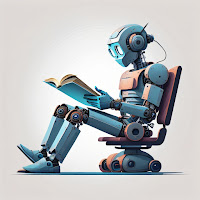When I was young and naïve, I used to think that jokes were merely for putting smiles on people’s faces or satirizing people in power to expose corruption, for the benefit of society, and suchlike. It turns out that some people make money out of jokes, so one must be careful when repeating them. If they are not “in the public domain,” copyright permission may be needed.
Q: Why did the teacher wear sunglasses during class?
A: Because her students were so bright!
As the screenwriter John August aptly put it, “If you can’t find a source for a joke, and you’ve heard it enough times and enough different ways that you feel it’s graduated to cultural meme status, you can probably get away with putting it in your script. Then the only question becomes, if you’ve heard it so many times, is it still original enough to be worthy of your script? Nothing is less funny than a joke that’s been played out.” Famous comedians can face lawsuits because of jokes as explained by Laurel Wamsley on National Public Radio (“Can You Copyright Your Dumb Joke? And How Can You Prove It's Yours?”). Comedy writer Alex Kaseberg apparently challenged the comedian Conan O’Brien in court once over a few jokes. Not all jokes can be copyrighted of course; copyright law requires that an item be original and fixed in a tangible form (such as writing, audio, or video) to be eligible for copyright protection. Jokes that are only communicated verbally are not eligible.
On another note, jokes can liven up language learning. Sean Tomas Fleming, a teacher of English as a Second Language, has created a useful site for this purpose, encouraging readers to share the link to his site, for which he receives no money, just to share some humour and learning: “Explain the Joke”. Here are a few of his jokes, each of which he explains in detail for second language learners:
“Classical Gas”
• Q: Why did Beethoven get rid of all of his chickens?
• A: All they ever said was, “Bach, Bach, Bach!”
“We’ll Always Have Paris”
• Q: What do the Eiffel Tower and wood ticks have in common?
• A: They are both Paris sites/parasites!
“Milk It”
• Q: Why did the man go to the yogurt museum?
• A: To get a little culture!

